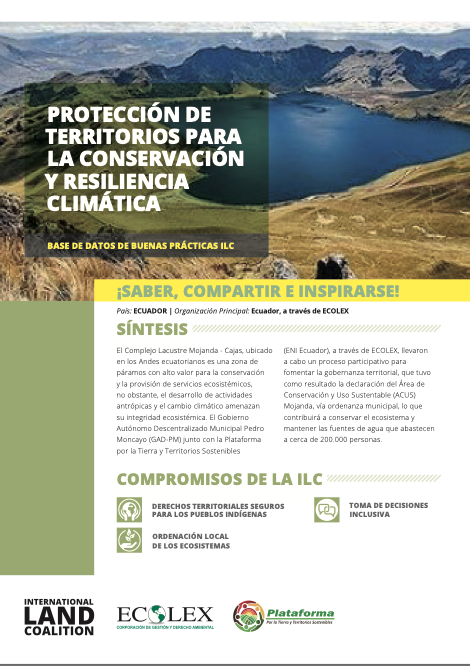Indicators of site-specific climate-smart agricultural practices employed in Ethiopia
Indicators of CSA practices/technologies are crucial to measure the performance of CSA practices/technologies and use as a guideline for data collection on the evaluation of CSA practices and technologies. Various indicators of CSA practices under the five categories including crop production, livestock production, integrated soil fertility management, erosion control, water management, and forestry/agroforestry management were identified using experts knowledge and literature review.


